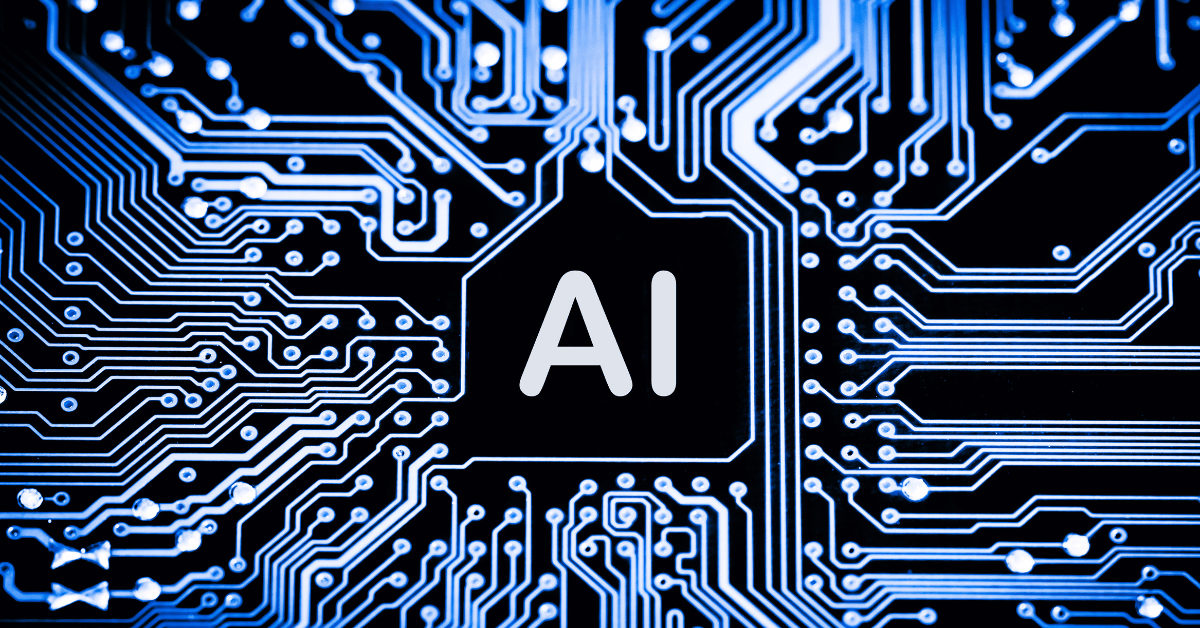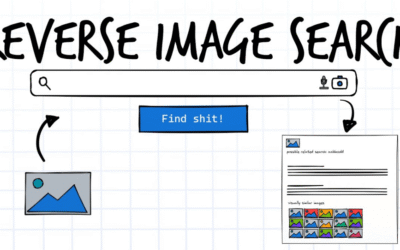Introduction
Imagine a hacker slipping past your company’s AI-powered defenses with a trick so subtle, so human, that no algorithm could predict it. Maybe they impersonate a trusted vendor over the phone or exploit a logic flaw in your app’s design. It’s not science fiction—it’s a daily challenge in cybersecurity. As businesses lean on artificial intelligence (AI) to protect their systems, a pressing question arises: Can AI truly replace the human element in penetration testing?
Penetration testing, or “pen testing,” is the practice of simulating cyberattacks to uncover vulnerabilities before the bad guys do. It’s a high-stakes chess match where skilled testers use technical expertise, creativity, and intuition to outmaneuver defenses. AI has brought remarkable tools to the table—think lightning-fast scans and anomaly detection—but it’s not the whole answer. The unpredictable nature of hacking, the need for ethical decisions, and the spark of human ingenuity keep penetration testers at the heart of cybersecurity.
In this post, we’ll explore why AI, for all its strengths, can’t fully replace human testers. Through real-world examples and a look at the future, we’ll see why humans and AI are better together than apart. Let’s dive in.
The Role of Penetration Testers
Penetration testers are cybersecurity’s frontline detectives. Their mission? To think like attackers—probing systems, networks, and applications to find weaknesses before they’re exploited. Unlike automated tools that flag known issues, pen testers simulate real-world attacks, blending technical skills with creativity to expose hidden vulnerabilities.
Picture this: A tester might craft a phishing email so convincing it tricks an employee into handing over credentials. Or they could exploit a misconfigured server, escalating privileges step-by-step until they’re inside the crown jewels—say, a database of customer data. Techniques like manual exploit development (writing custom code to bypass protections) or privilege escalation (gaining higher access levels) showcase their hands-on expertise.
What makes their work critical isn’t just finding bugs—it’s understanding their impact. A tester doesn’t stop at “there’s a hole here.” They assess how an attacker could chain vulnerabilities together, prioritize risks based on business context, and suggest fixes. This requires adaptability and ethical judgment, especially when testing live systems where one wrong move could disrupt operations.
For cybersecurity pros, this is familiar territory. For business leaders, it’s a reminder: your defenses are only as strong as the people testing them. In a landscape where attacks evolve daily—think ransomware or supply chain breaches—penetration testers are the human shield keeping systems secure.
AI’s Strengths in Cybersecurity
AI has revolutionized cybersecurity with its ability to automate, analyze, and detect at scale. Its strengths shine in three areas: automation, pattern recognition, and data crunching.
First, automation. AI-powered tools like vulnerability scanners can sweep through thousands of servers or lines of code in minutes, spotting outdated software or weak encryption faster than any human could. This efficiency is a game-changer for repetitive tasks, freeing testers for deeper work.
Second, pattern recognition. Machine learning models excel at spotting anomalies—like a sudden spike in network traffic or an unusual login from halfway across the globe. AI-driven intrusion detection systems (IDS) monitor in real-time, learning from past threats to flag suspicious behavior. For tech enthusiasts, this is AI at its coolest: a tireless watchdog that never sleeps.
Third, data analysis. AI can process massive datasets—think millions of logs or threat intelligence feeds—to identify trends or emerging risks. Static analysis tools, for example, use AI to review code for common flaws without executing it, a boon for developers and security teams alike.
A practical example? AI-based endpoint protection can detect ransomware by recognizing its encryption patterns, often stopping it before damage spreads. For business leaders, this means faster threat response with less manpower. But here’s the catch: AI thrives on what it knows. When faced with a novel attack—like a zero-day exploit—it can stumble, leaving gaps only a human can fill.
Limitations of AI in Penetration Testing
AI’s power is impressive, but it’s not infallible. Its limitations in penetration testing boil down to three core flaws: reliance on data, lack of context, and inability to think creatively.
Start with data dependency. AI learns from historical patterns—think known vulnerabilities or attack signatures. But what about a zero-day exploit, a flaw no one’s seen before? Without prior data, AI’s blind. Penetration testing often hinges on discovering these unknowns, requiring a leap beyond algorithms into uncharted territory.
Next, context—or the lack of it. AI can flag a misconfigured firewall, but it might not see how that flaw could let an attacker pivot to a sensitive database. Humans connect the dots, understanding not just what’s vulnerable but why it matters to the business. For instance, a pen tester might realize a seemingly minor bug in an e-commerce checkout could leak customer data—a nuanced AI might miss.
Finally, creativity. AI operates within rules and logic; it can’t improvise like a human. Take social engineering: a tester might call an employee, posing as IT support to extract a password. Or they could chain low-severity bugs into a devastating exploit. AI doesn’t “think outside the box”—it doesn’t even know there’s a box.
Think of AI as a chess grandmaster who’s memorized every playbook but freezes when the board flips upside down. Hacking isn’t a static game; it’s fluid, unpredictable, and deeply human. Cybersecurity pros know this: tools like automated scanners help, but they’re no match for the ingenuity needed to mimic a real attacker. For non-experts, it’s simple—AI can’t replicate the gut instinct or ethical calls that define great pen testing.
Human Ingenuity: The Irreplaceable Element
Human penetration testers bring something AI can’t touch: ingenuity. It’s the spark that turns a good defense into an impenetrable one, rooted in creativity, psychology, and experience.
Creativity is key. Testers don’t just scan—they invent. They might craft a custom exploit to bypass a web filter or combine unrelated flaws into a kill chain. This isn’t rote problem-solving; it’s art. For example, a tester might notice an API endpoint lacks rate limiting and hammer it with requests to crash the system—something AI wouldn’t dream up without explicit instructions.
Then there’s social engineering. Humans are often the weakest link, and testers exploit that with finesse. A classic move? Tailgating into a secure office by carrying a box and asking someone to hold the door. Or sending a USB labeled “Payroll Updates” to a curious employee. These tactics lean on understanding human behavior—terrain AI can’t navigate.
Experience fuels intuition, too. After years of testing, pros develop a sixth sense for weak spots. They might dig into a system because something “feels off,” uncovering a flaw no tool flagged. One tester I know once breached a network by guessing a default admin password left unchanged—pure instinct, no data required.
For cybersecurity folks, this is why manual testing still matters. For business leaders, it’s proof that tech alone isn’t enough—people protect people. Human testers don’t just find vulnerabilities; they think like attackers, adapt on the fly, and weigh ethical lines AI can’t see. That’s the edge no machine can replicate.
Real-World Examples: Humans Outsmarting AI
Let’s dive into two documented real-world cases where human penetration testers outsmarted AI-driven defenses. These examples highlight the irreplaceable role of human creativity and intuition in cybersecurity, proving that even the most advanced AI tools can’t fully replace the human edge.
Case 1: The Tailored Spear-Phishing Attack
In 2019, a financial institution rolled out an AI-powered email security system, trained on thousands of phishing samples and boasting near-perfect detection rates. Enter RedTeam Security, a cybersecurity firm hired to test the bank’s defenses. The penetration testers didn’t bother with generic phishing emails. Instead, they dug deep into the bank’s CFO, scouring LinkedIn and public financial reports for intel. Armed with this, they crafted a spear-phishing email posing as a board member, urgently requesting wire transfer details for a “confidential acquisition.”
The AI, built to spot telltale signs like suspicious links or attachments, didn’t blink. It couldn’t decipher the email’s subtle tone or contextual legitimacy—neither could the CFO, who fell for it. The testers walked away with sensitive credentials, exposing a gap in the AI’s capabilities. This case, detailed in RedTeam Security’s 2020 blog post “Bypassing AI Email Filters with Social Engineering,” shows how human social engineering, fueled by research and context, can slip past AI defenses that lack human-like understanding.
Case 2: Exploiting a Logic Flaw in an AI-Protected App
Fast forward to 2021: a major e-commerce platform deployed an AI-driven web application firewall (WAF) to block SQL injection and similar attacks. The AI was sharp, trained to catch patterns like ‘ OR 1=1 with ease. But during a penetration test by ethical hacking firm Cobalt, a tester took a different approach. Studying the app’s password reset mechanism, they entered a blank reset token into the recovery form. Surprisingly, the system granted access to user accounts without proper authentication.
The AI WAF, laser-focused on code-based threats, didn’t flag this exploit—it wasn’t a typical attack vector but a logic flaw in the app’s design. Documented in Cobalt’s 2022 case study “Logic Flaw Exploitation in AI-Protected Applications,” this breach highlights how humans excel at spotting business logic errors, a blind spot for AI without specific programming.
Why It Matters
These cases echo other real-world breaches, like SpecterOps’ 2017 test where testers dropped infected USB drives in a Fortune 500 company’s parking lot, banking on human curiosity—something AI can’t anticipate. For cybersecurity pros, these examples underscore the power of manual testing. For enthusiasts, they reveal the thrilling chess match of hacking, where humans outwit AI by leveraging context, behavior, and the unexpected.
The Synergy of AI and Humans
AI isn’t the enemy of penetration testers—it’s their ally. The future isn’t about replacement but collaboration, where AI handles the grunt work and humans tackle the complex stuff.
Take reconnaissance: AI can crawl a company’s digital footprint—IP ranges, subdomains, open ports—in hours, not days. Or vulnerability scanning: tools like Nessus, juiced with AI, flag low-hanging fruit (think unpatched servers) so testers can focus on trickier exploits. It’s like giving a detective a bloodhound—the legwork gets done, but the brain stays human.
The payoff? Efficiency. AI sifts logs or runs static analysis, letting testers dive into manual exploit development or social engineering. A tester might use AI to identify a weak endpoint, then craft a phishing campaign to exploit it. AI suggests; humans decide.
For business leaders, this means smarter resource use—fewer hours on routine tasks, more on strategic defense. For pros, it’s a force multiplier: AI scales their skills without stealing their thunder. The ethical angle matters too—humans weigh when to push a test or pull back, a judgment call AI can’t make. Together, they’re a powerhouse: AI’s speed plus human adaptability.
Future Outlook: AI’s Evolution and Human Oversight
AI will keep evolving. Tomorrow’s machine learning might predict threats with eerie accuracy or automate basic pen tests end-to-end. Picture smarter anomaly detection or tools that mimic simple attack patterns. Exciting? Sure. But it won’t erase the need for human testers.
Why not? Hacking is human at its core—creative, chaotic, and unpredictable. A new AI might block 99% of attacks, but that 1%—a novel exploit or a psychological trick—keeps testers in the game. Plus, ethics: who decides how far a test goes or how to handle a critical flaw? Not a machine.
The role will shift, though. Testers might become “AI wranglers,” guiding tools to peak performance while adding their own flair. Think of it like a pilot and autopilot—AI flies straight, but humans navigate turbulence. For enthusiasts, it’s a glimpse of a hybrid future; for pros, it’s a call to adapt. The constant? Human oversight, ensuring creativity and judgment stay in the driver’s seat.
Final Thought
AI is a titan in cybersecurity—fast, tireless, and data-savvy. But it’s not a penetration tester. It can’t outthink a hacker, charm an employee, or spot a flaw no one’s seen before. Human testers bring creativity, adaptability, and ethics—qualities no algorithm can fake. From phishing ploys to logic exploits, they fill the gaps AI leaves behind.
The smart play? Pair them up. Let AI crunch data and scan systems while humans plot the masterstroke. As threats grow trickier, this duo—tech and talent—will keep us secure. So, next time you bolster your defenses, don’t just buy a tool—hire a tester. Because in the end, it’s the person behind the keyboard who outsmarts the attack.
What’s your take? Can AI ever match a human hacker’s ingenuity? Drop your thoughts below.





0 Comments